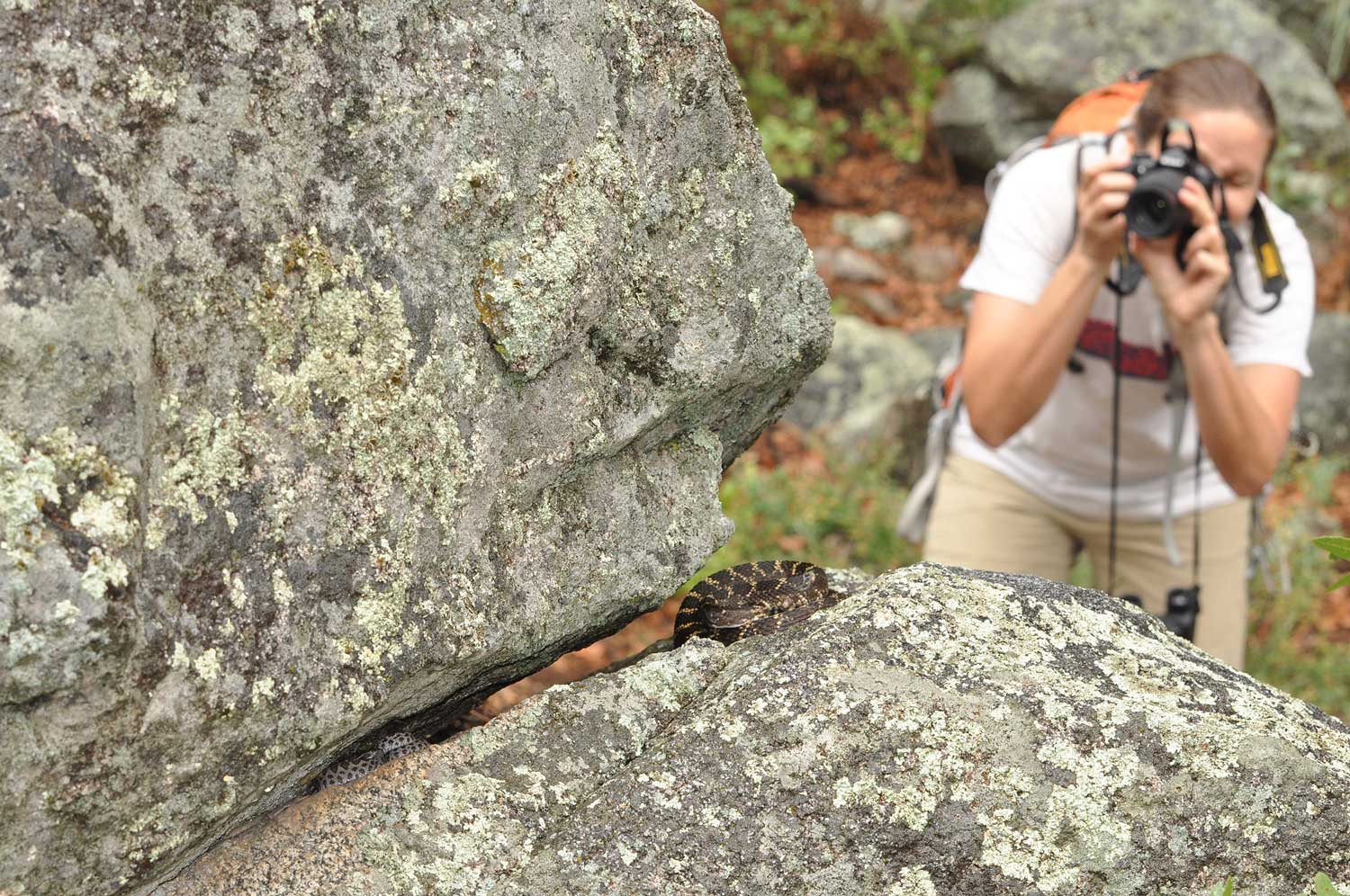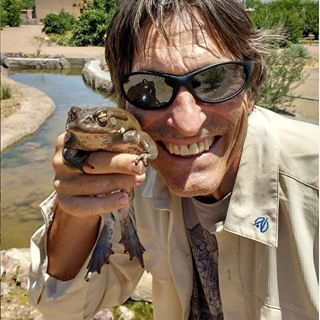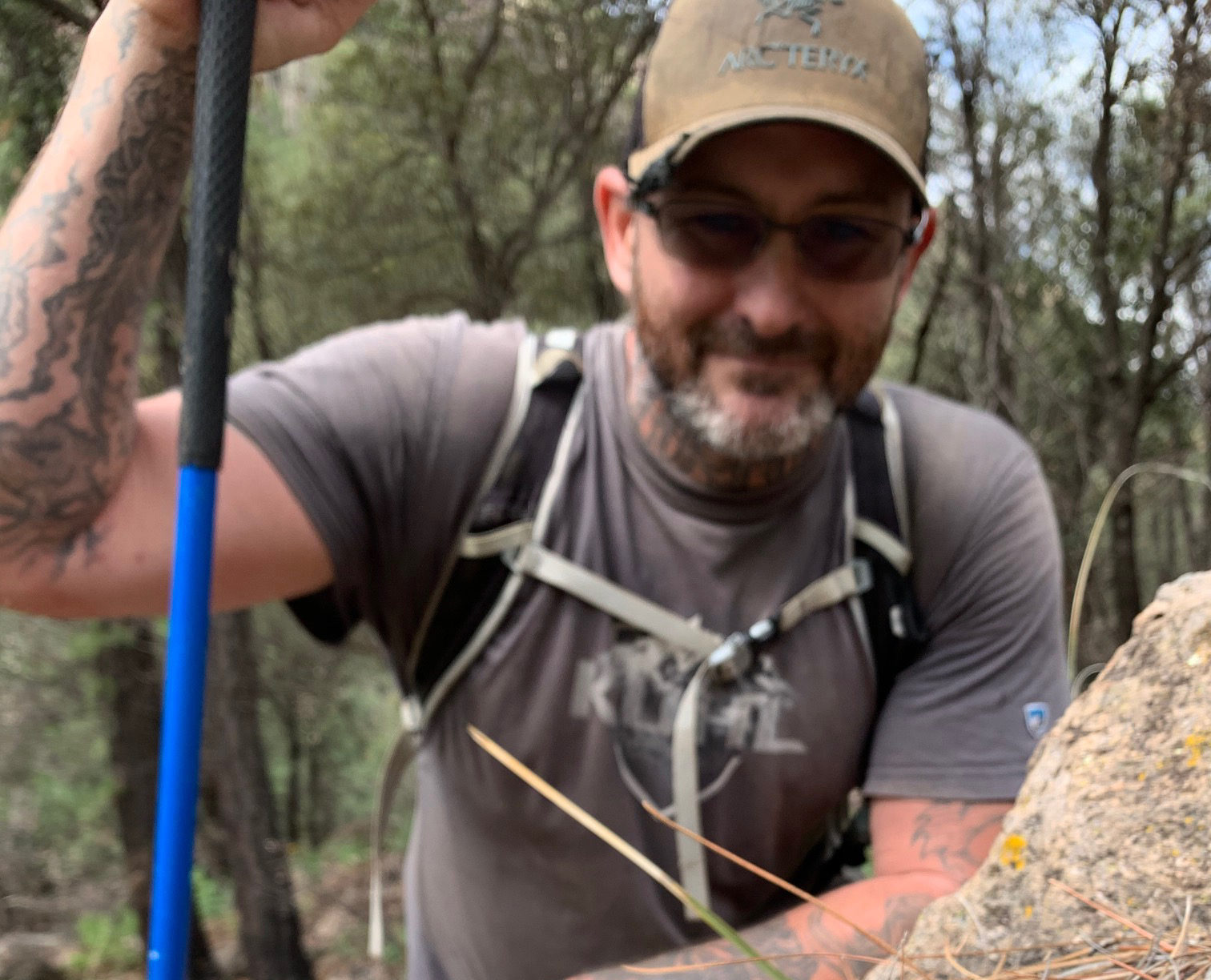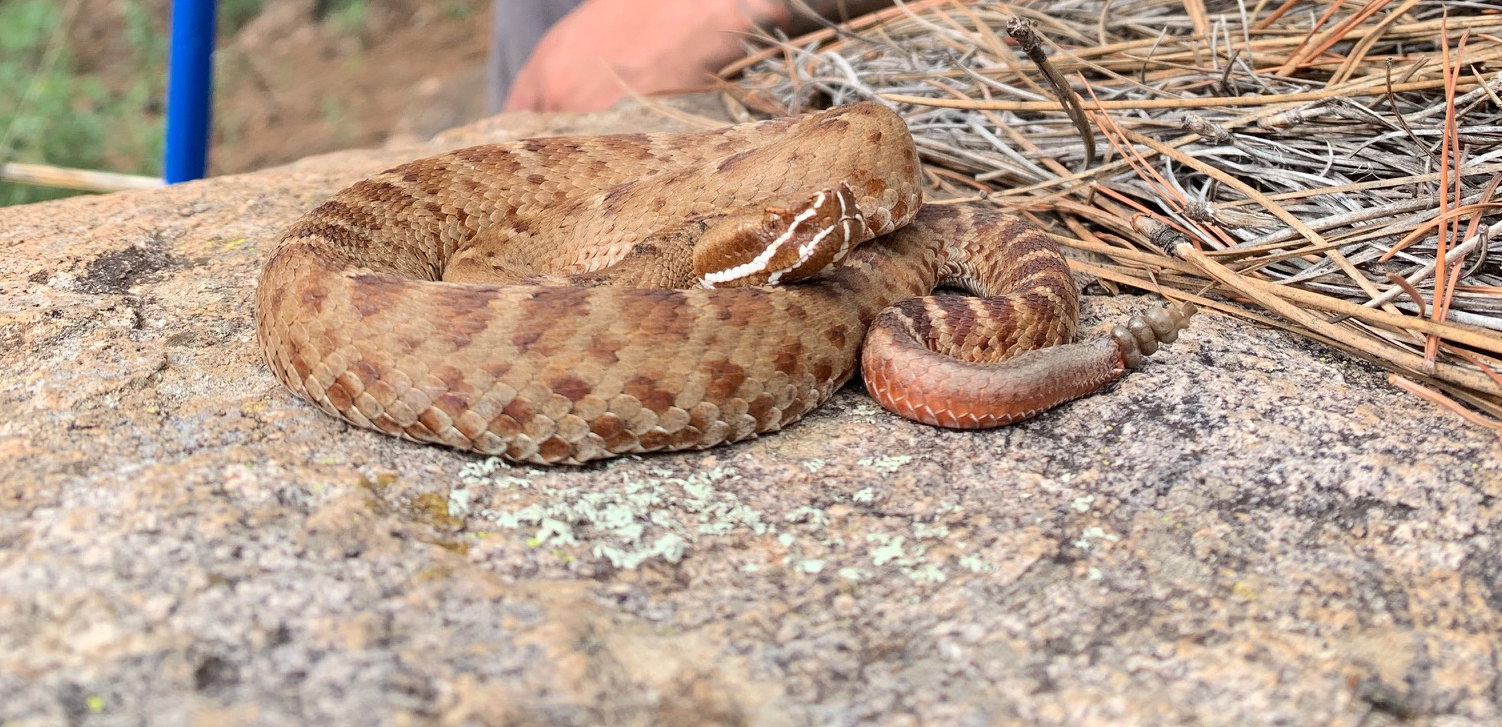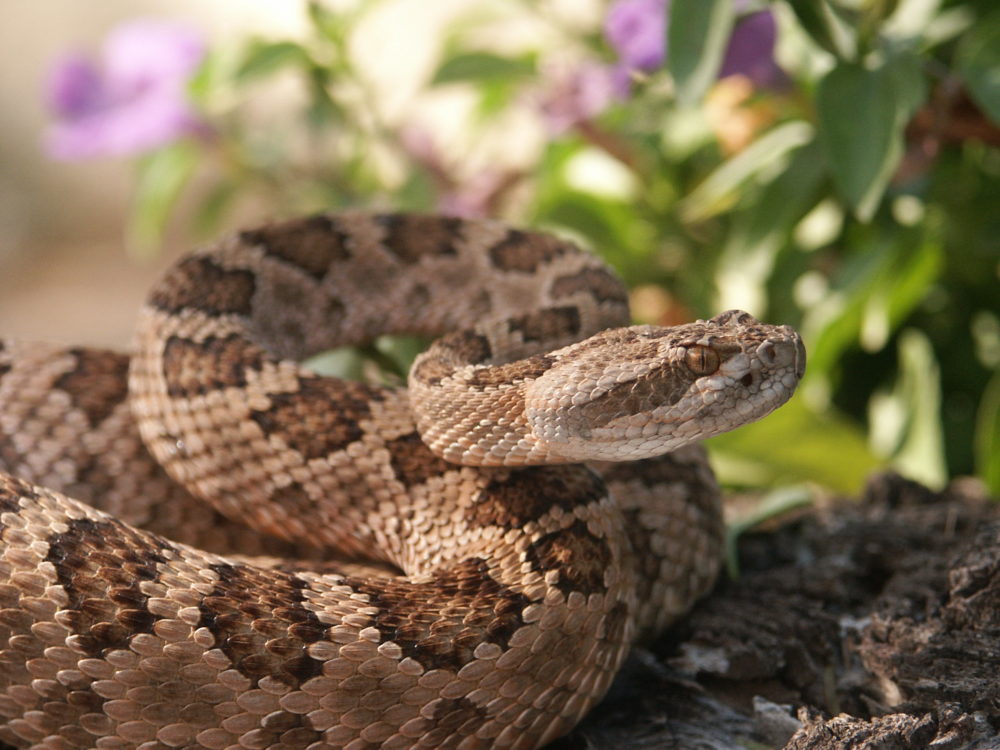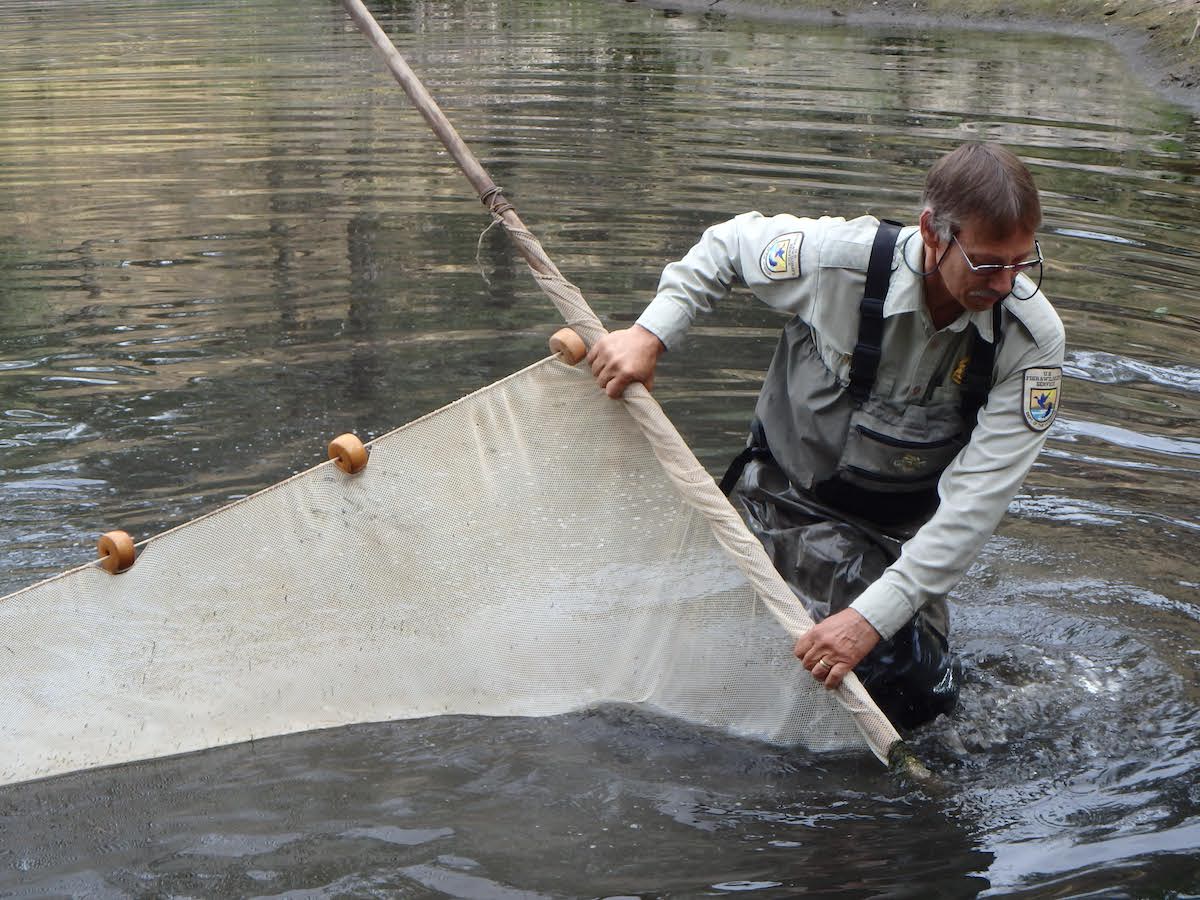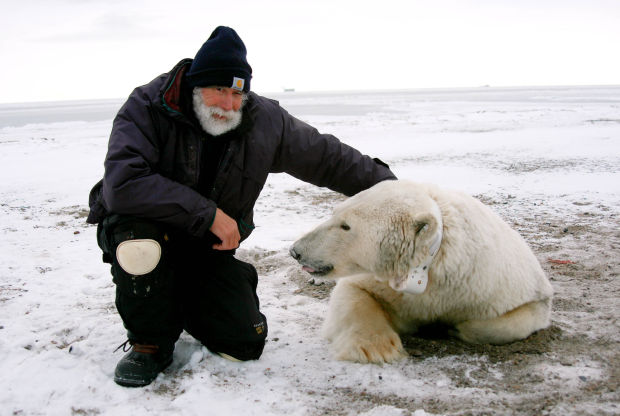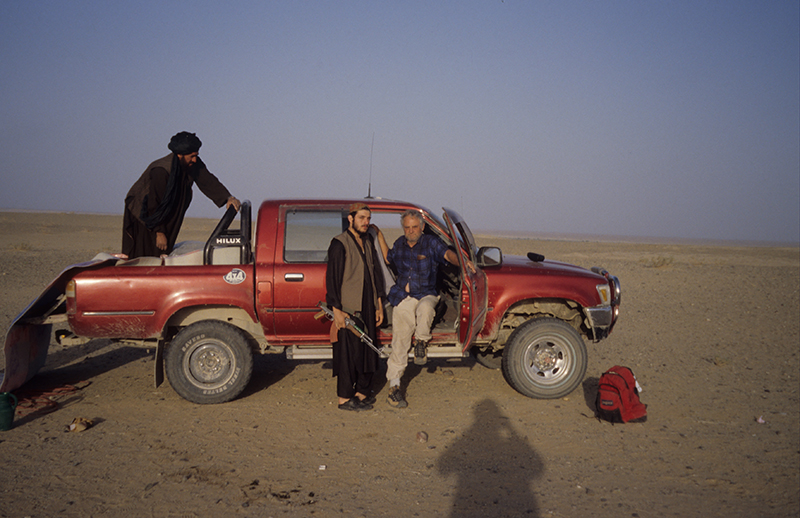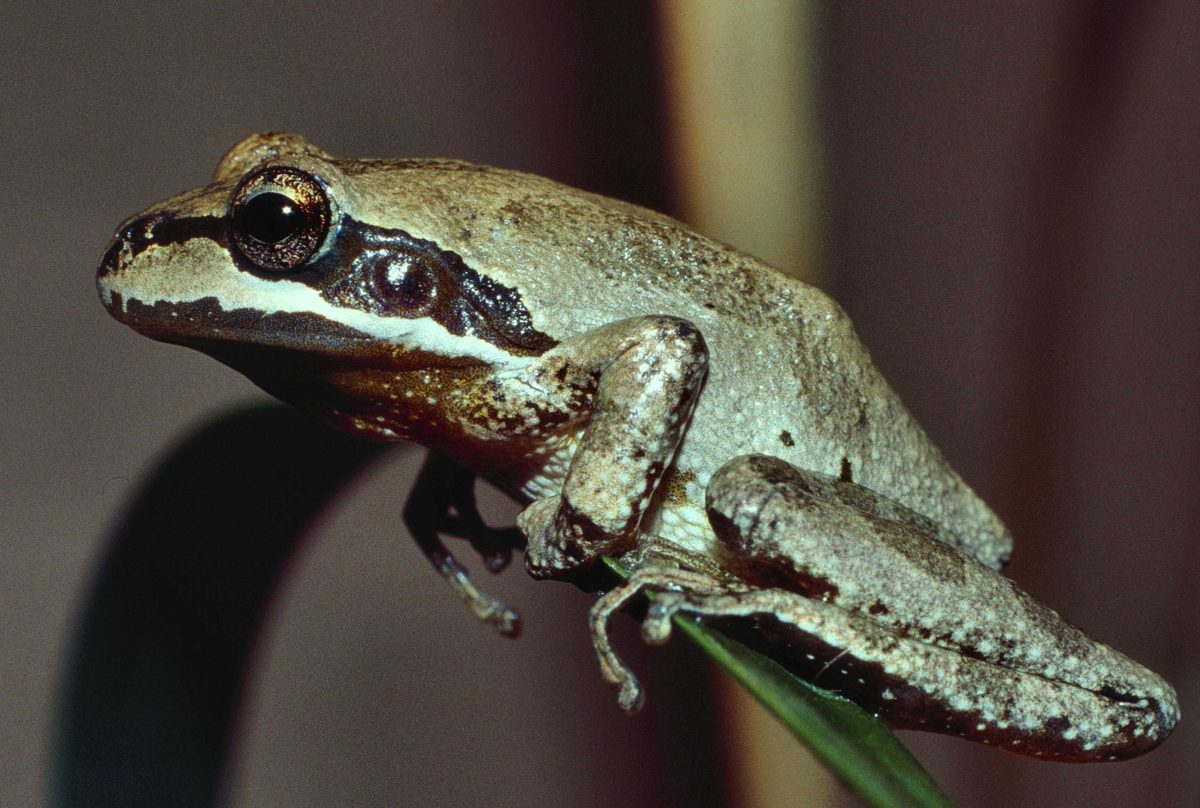January 15: Melissa Amarello – A Tale of Two Trash Snakes
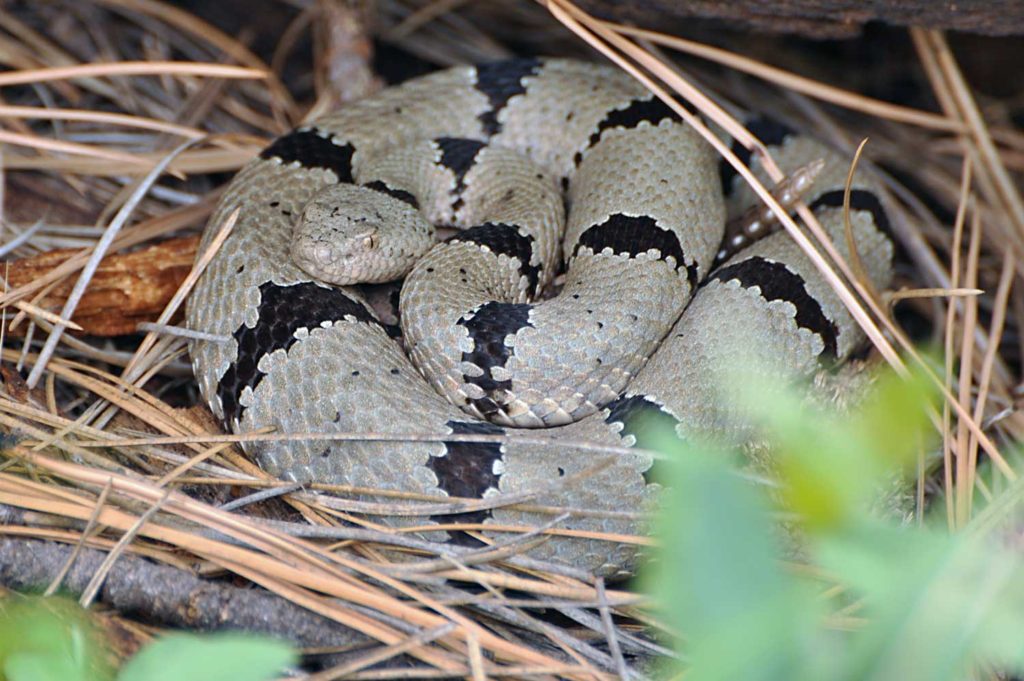
Daryl
What can we learn from two snakes, in only 1 week, without capturing them? When a Rock Rattlesnake (Crotalus lepidus) showed up in our yard we put the techniques and technologies we’ve recommended over the years to the test and were rewarded with more than we could have hoped for. And luckily for everyone else, we filmed and photographed the whole story, which I’ll share in this presentation.
Melissa’s lifelong fascination with snakes led her to work on a variety of projects on natural history and conservation of reptiles in Arizona, California, and Mexico. She received her B.S. in wildlife, watershed, and rangeland resources at the University of Arizona where she studied the anti-predator behavior of Mexican Lance-Headed Rattlesnakes (Crotalus polystictus) for her Honors Thesis. Her M.S. on Arizona Black Rattlesnake (Crotalus cerberus) social behavior at Arizona State University was partially supported by a National Science Foundation Fellowship.
After witnessing how negative attitudes can stifle conservation efforts, she incorporated education and outreach into her research to foster appreciation for snakes by sharing stories and videos of their behavior in the field. In the spring of 2014 she co-founded Advocates for Snake Preservation (ASP) with Jeff Smith, to change how people view and treat snakes. In 2017 they received the THS’ Jarchow Conservation Award for commitment and creativity in studying snake behaviors and tireless and continuous efforts to use scientific knowledge to advocate for snake conservation through outreach and social activism. She is a former co-chair of Southwest Partners in Amphibian and Reptile Conservation and currently serves as the Executive Director of ASP.
Where: Ward 3 Meeting Room | 1510 E Grant Rd | southeast corner of Grant and Vine
When: 15 January | 7:15pm

